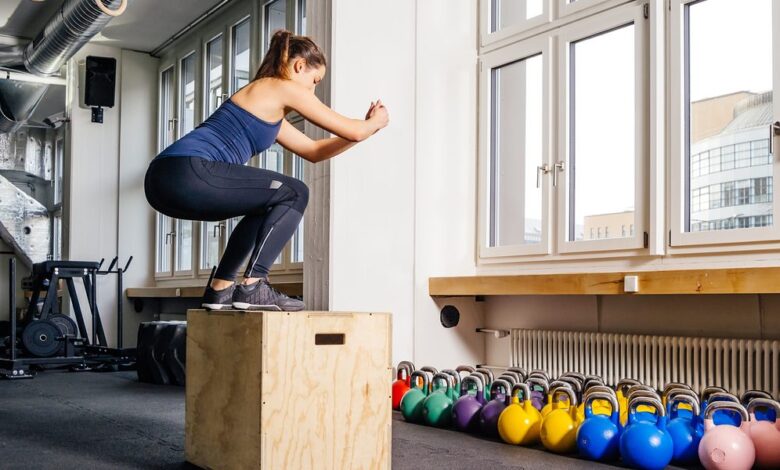Low VS High-Impact Exercise: What Fits Your Lifestyle And Fitness Goals Better?

If you’re someone who is interested in fitness and working out, then you’ve probably already heard about the terms low and high-impact workouts. But have you ever wondered what they actually mean? And which one would suit your lifestyle and fitness goals better? The answer is — it depends. Low VS high-impact exercise routines are very individual. And depend on so many different things. Because we can’t give you a straightforward answer right away, let’s take a closer look at these two types of workouts, and learn what you can expect from each of them.
Low impact exercise
Low-impact exercises are activities that don’t put much stress on your joints. They’re great for people who want to improve their fitness level, but who have injuries, arthritis, or joint pain. Some examples of low-impact exercises are: Walking, yoga, pilates, elliptical machine, and water aerobics.
Low-impact exercises are a great start for anyone who is trying to better their health and form. If you’re looking for low-maintenance ways to improve your fitness levels, without putting too much strain on your body, then this is a wonderful place to start.
The benefits of low-impact exercise
There are several benefits of low-impact exercises, but the most important ones include:
Reduced risk of injury: Since these exercises don’t put much stress on your joints, they’re less likely to cause injuries.
Improved cardiovascular health: Low-impact exercises still get your heart rate up, helping you to improve your cardiovascular health.
Better joint health: These exercises can help to reduce joint pain and stiffness and improve your joint mobility.
Improved mood: Low-impact exercises can also improve your mood and reduce stress levels.
High impact exercise
High-impact exercises, on the other hand, are activities that put a lot of stress on your joints. They’re great for people who want to improve their fitness level and increase their strength and endurance. Some examples of high-impact exercises are: running, jumping jacks, HIIT, cross-fit, and step aerobics.
As you can tell by the name alone, most of these exercises won’t be a great fit for people just starting their fitness journey. But if you’re already in good shape, got tired of your existing fitness routine, and want to challenge yourself even further — this can be a great option.
The benefits of high-impact exercise
High-impact exercises also offer several benefits, including:
Increased calorie burn: These exercises burn more calories per session, making them great for weight loss and weight management.
Increased cardiovascular fitness: High-impact exercises are great for improving your cardiovascular fitness and endurance.
Improved bone density: These exercises help to strengthen your bones, reducing the risk of osteoporosis.
Improved mental toughness: High-impact exercises can help to improve your mental toughness, making it easier for you to overcome challenges in other areas of your life.
Which one should you choose?
Which one you should choose depends on two factors: the current state of your health and fitness, and your fitness goals. If you just want to get healthier and tone up your body a bit, low-impact workouts can be a fantastic way to start. They are easy to add into our everyday routine, aren’t too demanding, and won’t put too much strain on your body. But you will have to be patient to see some actual results.
If you’re a fitness pro who is looking for new challenges, high-impact exercises are just what you need. They’ll help you to burn more calories, improve your cardiovascular fitness, and increase your mental toughness. But we want to add one last thing — it’s also perfectly fine to combine both low and high-impact exercises into your fitness routine. You could do low-impact exercises on days when you feel tired or sore, and high-impact exercises on days when you’re feeling good.
YOU MIGHT ALSO LIKE
How Proper Hydration Can Take Your Athletic Performance to the Next Level


